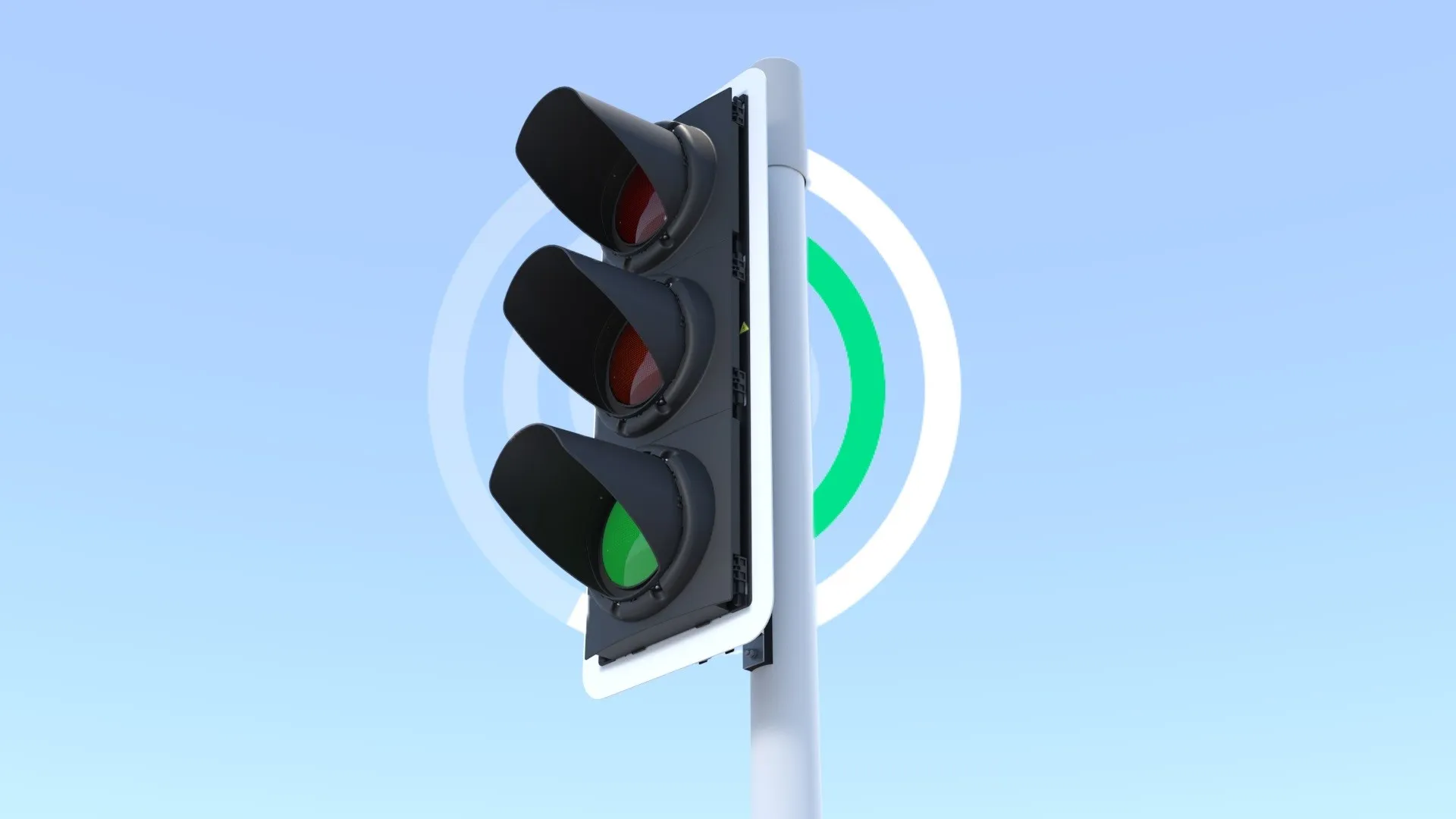Daktronics has announced the addition of a new ITS LED display to its current line of widely used Vanguard Dynamic Message Signs (DMS). The Vanguard VM-1020 Dedicated Dynamic Message Sign, or DDMS, is designed to provide a reliable signage solution dedicated to travel time, toll rate (such as high-occupancy toll lanes) and other managed lane applications.
July 19, 2012
Read time: 2 mins
"Displaying travel times and toll rates inherently requires a smaller dynamic message sign size," says Mike Weinberg, Daktronics' Vanguard Product Manager. "We designed the DDMS for the intended application, resulting in a low-profile LED panel mounted to a static panel and reducing maintenance efforts by placing critical components inside a roadside DDMS cabinet. However, the DDMS still provides a full feature set and adheres to ITS industry standards."
Placing the critical components, such as the controller and power supplies, in the roadside DDMS cabinet produces a 2in LED cabinet depth. All Vanguard VM-1020 DDMS can be fitted to traditional overhead static sign panels; this is made easy by the low weight of the LED cabinet.
"The key design factors for the new DDMS were simple installation, easy maintenance and still providing all the same levels of functionality of a typical DMS," says Weinberg. "The LED panels can be installed on a static panel on site or by the installation contractor prior to delivery."
One DDMS controller allows automatic and simultaneous updating of up to six LED panels at a time. The DDMS set can be operated with any NTCIP-compliant control software, including Vanguard Central Control Software.
Vanguard VM-1020 DDMS are available in amber-only or red/green/amber models to allow agencies to colour-code travel times and toll rates. For example, if a travel time is higher than average, it can appear in red. The DDMS is designed in several standard configurations with a 30° LED viewing angle, while 66mm and 46mm pixel pitch options allow 18 or 12in character heights.










